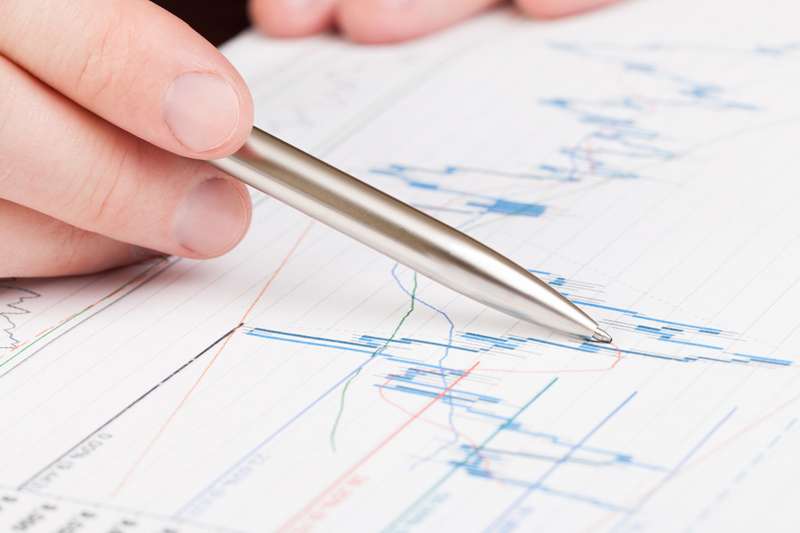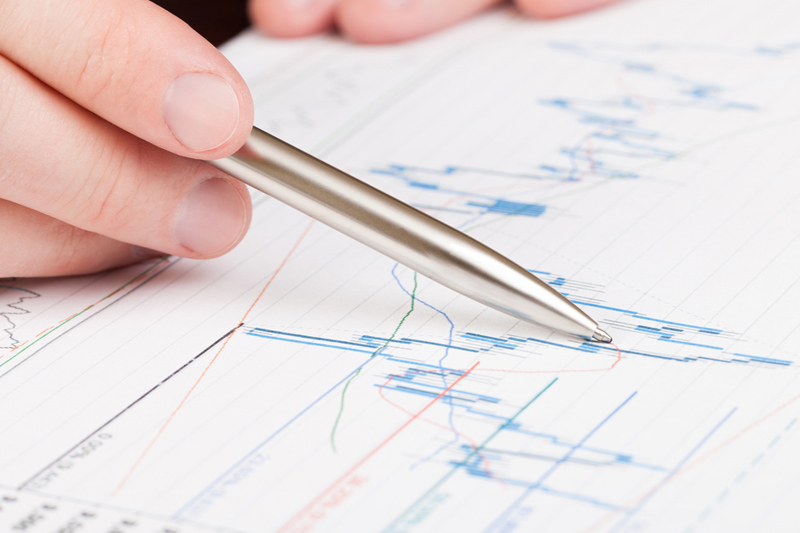
On Wednesday, Capital Economics provided an analysis of South Africa’s economic activity data for November, indicating a robust end to the previous year, driven primarily by the mining and retail sectors. The firm predicts that South Africa’s GDP will grow by an above-consensus 2.3% in 2025.
Retail sales data released on Wednesday showed a continuation of the sector’s strong performance, with a month-on-month increase of 0.8% in November, and an impressive year-on-year growth of 7.7%, surpassing the London Stock Exchange Group (LON:LSEG)’s consensus forecast of 5.5%. The surge in sales was mainly attributed to general dealers and clothing retailers.
In contrast, the industrial sector, particularly manufacturing, experienced a downturn, contracting by 1.1% month-on-month in November, which erased the gains from October. The motor vehicles and basic metals sub-sectors were noted as particularly weak. The mining sector, despite a minor 0.2% month-on-month decline in output, due to reduced production in gold, iron, coal, and diamonds, still showed resilience.
Looking at the broader economic recovery, South Africa seems to be maintaining its momentum. On a three-month rolling basis, which is more reflective of quarterly GDP growth, the mining sector grew by 4%, and retail sales expanded by 1.4%. However, the manufacturing sector contracted by 0.2% over the same period. This mixed performance suggests that the GDP grew approximately 1% quarter-on-quarter in the final quarter of 2024, bouncing back from a 0.3% contraction in the third quarter.
Recent surveys, including the whole economy PMI and business confidence indicators, continue to signal robust economic activity. Nevertheless, the manufacturing sector’s challenges were highlighted by a decline in the ABSA/BER manufacturing PMI in December.
Capital Economics believes that the South African Reserve Bank (SARB) has room to implement further monetary policy easing to foster growth. The lower-than-expected inflation reading for December bolsters the firm’s prediction that the SARB will cut its repo rate by 150 basis points to 6.25% by the end of the year.
The forecast for 2025 is optimistic, with an expected GDP growth of 2.3%, aided by improvements in electricity and logistics, along with a rebound in agriculture. However, the firm cautions that sustained growth above 2% may be challenging due to ongoing fiscal discipline and broader structural issues.
This article was generated with the support of AI and reviewed by an editor. For more information see our T&C.

